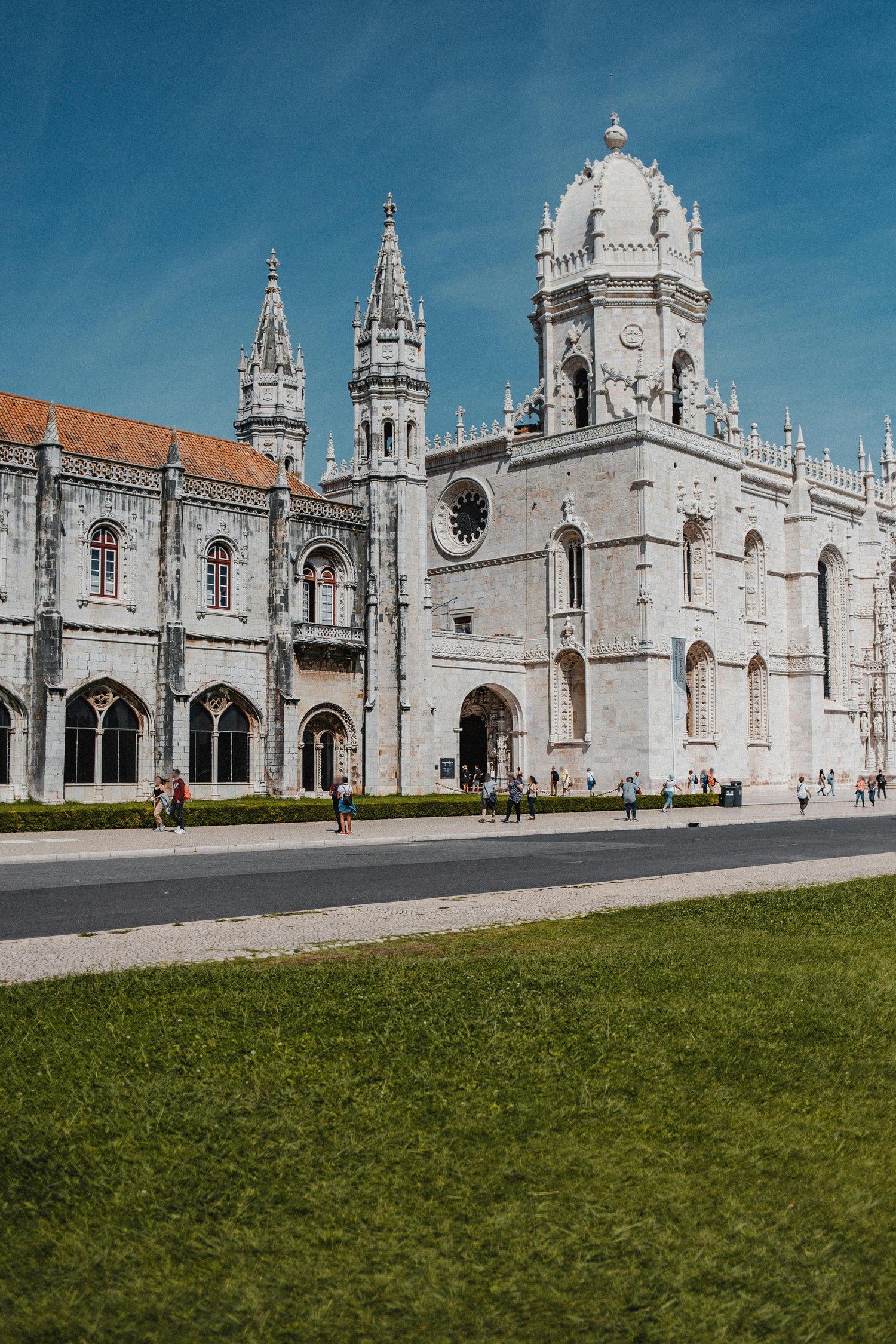
Pastel de Nata originated before the 18th century, crafted by monks at the Jerónimos Monastery in the Santa Maria de Belém parish in Lisbon. During that time, convents and monasteries extensively used egg-whites for starching clothes, leading to a surplus of egg yolks. To avoid waste, the monks created various cakes and pastries, sparking a tradition of sweet pastry recipes across Portugal.
After the Liberal Revolution in 1820, with the dissolution of religious orders imminent, the monks began selling pastéis de nata at a nearby sugar refinery to generate income. When the monastery closed in 1834, they sold the recipe to the refinery.
In 2009, The Guardian named pastéis de nata among the 50 “best things to eat” worldwide, in April 2019, Bloomberg published an article titled “The Unlikely Rise of Pastel de Nata”, predicting that this pastry could become as ubiquitous as the croissant.



